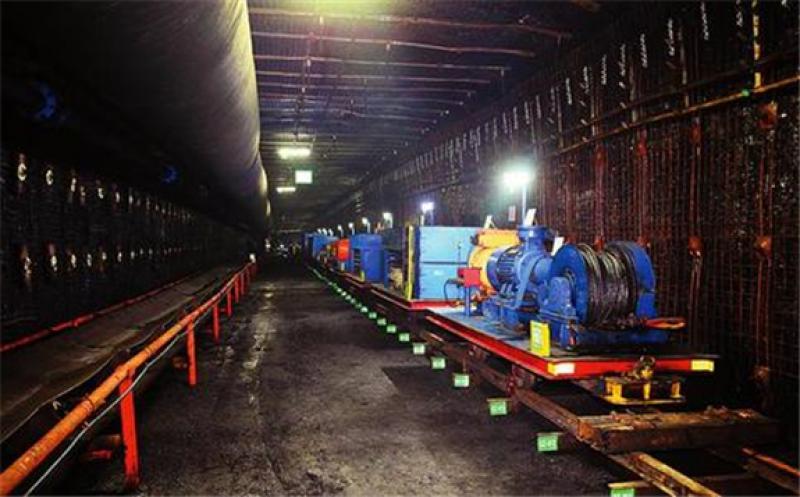State-controlled Coal India (CIL) plans close 23 underground mines with combined capacity of around 1.1mn t/yr in the April 2020 to March 2021 financial year after the operations became financially unviable.

The mines have become "unproductive" with average production at each mine of about 50,000 t/yr or even lower, making it difficult for them to cover the cost of employee wages, a CIL official said. The closures could help the company save 6bn rupees/yr ($81mn/yr), even if it continues to pay mine workers' wages.
The decision comes after CIL's net profit fell by 55.1pc from a year earlier to Rs20.78bn in April-June, prompting the firm to look at ways to cut costs. The company produced 602mn t of coal in 2019-20.
Of the 23 identified mines, 10 are in the eastern state of West Bengal and operated by CIL's subsidiary Eastern Coalfields. Another eight mines are operated by another subsidiary, Bharat Coking Coal, in the eastern state of Jharkhand, while the rest are operated by South Eastern Coalfields in the central state of Chhattisgarh.
Many of the mines have been in operation since the 1940s. "These underground mines still have large coal reserves, but they require heavy investments," the official said.
Once the 23 mines are shut, CIL will draw up a list of other mines with output of 100,000 t/yr or lower that it also plans to close in the current fiscal year. The company aims to offset the output loss from the closures by expanding production at other mines. CIL has closed 82 lossmaking mines in the last four years.
Underground mines typically employ many more workers than open-cast mines, but with much lower productivity. CIL's underground mines produced 30mn t of coal in 2019-20 with a workforce of 117,000, while open-cast mines produced 572mn t with 155,000 workers. Employee productivity at underground mines was 257t per person in 2019-20 compared with 3,690t at opencast mines.
CIL recently identified 12 abandoned underground coal mines where it aims to restore production, as part of its strategy to boost domestic output and slash imports.
These mines were abandoned about 20 years ago because of difficult geological mining conditions, questions around their economic viability and a lack of suitable technology to extract deeper reserves. The 12 identified blocks — eight potentially containing mid- to high-grade thermal coal and four with coking coal reserves — have an estimated mineable reserve of about 1.06bn t.